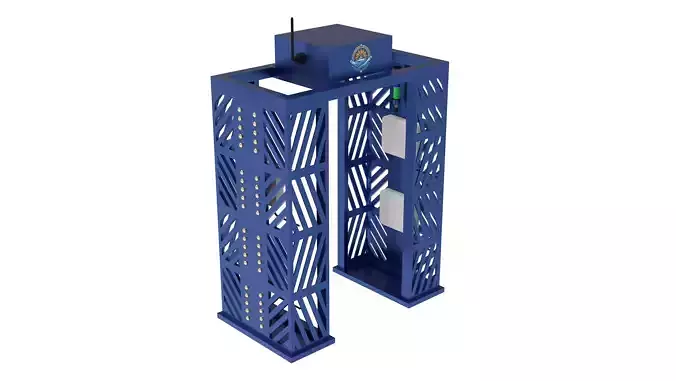1/8
Radio-frequency identification (RFID) uses electromagnetic fields to automatically identify and track tags attached to objects. An RFID system consists of a tiny radio transponder, a radio receiver and transmitter. When triggered by an electromagnetic interrogation pulse from a nearby RFID reader device, the tag transmits digital data, usually an identifying inventory number, back to the reader. This number can be used to track inventory goods.
Passive tags are powered by energy from the RFID reader's interrogating radio waves. Active tags are powered by a battery and thus can be read at a greater range from the RFID reader, up to hundreds of meters.
Unlike a barcode, the tag does not need to be within the line of sight of the reader, so it may be embedded in the tracked object. RFID is one method of automatic identification and data capture (AIDC).
RFID tags are used in many industries. For example, an RFID tag attached to an automobile during production can be used to track its progress through the assembly line,[citation needed] RFID-tagged pharmaceuticals can be tracked through warehouses,[citation needed] and implanting RFID microchips in livestock and pets enables positive identification of animals.[3][4] Tags can also be used in shops to expedite checkout, and to prevent theft by customers and employees.
Since RFID tags can be attached to physical money, clothing, and possessions, or implanted in animals and people, the possibility of reading personally-linked information without consent has raised serious privacy concerns.[6] These concerns resulted in standard specifications development addressing privacy and security issues.
In 2014, the world RFID market was worth US$8.89 billion, up from US$7.77 billion in 2013 and US$6.96 billion in 2012. This figure includes tags, readers, and software/services for RFID cards, labels, fobs, and all other form factors. The market value is expected to rise from US$12.08 billion in 2020 to US$16.23 billion by 2029
REVIEWS & COMMENTS
accuracy, and usability.








